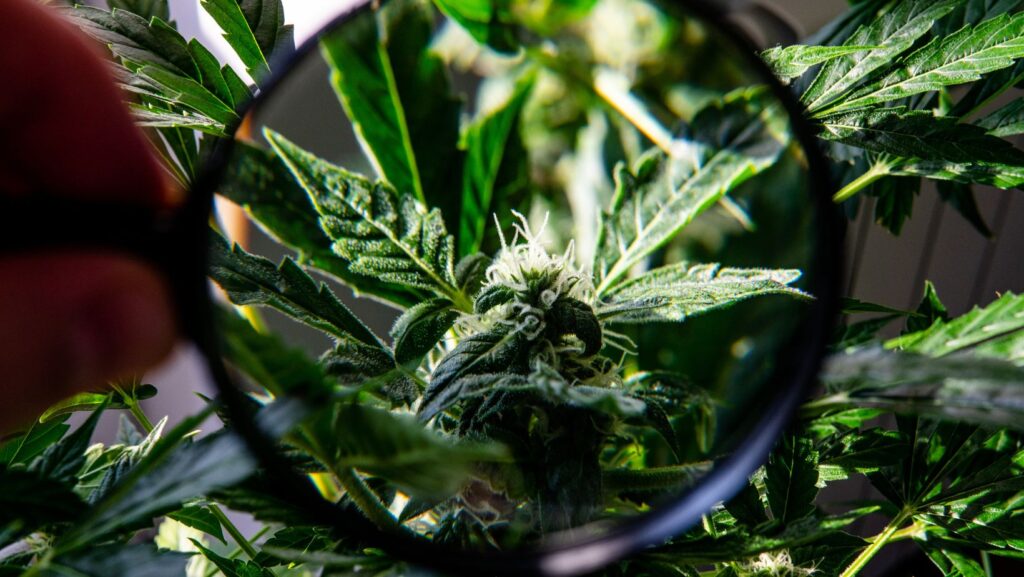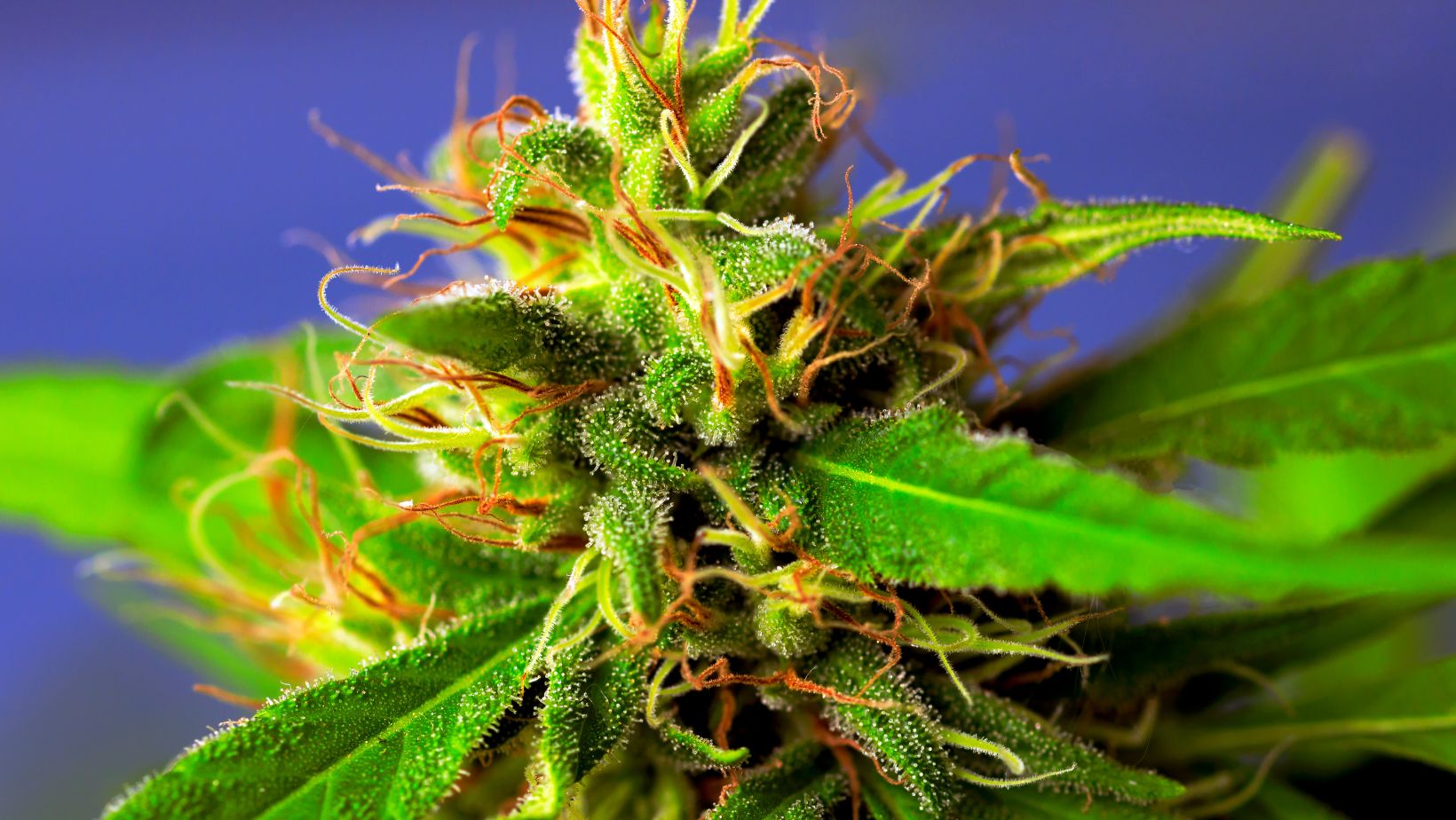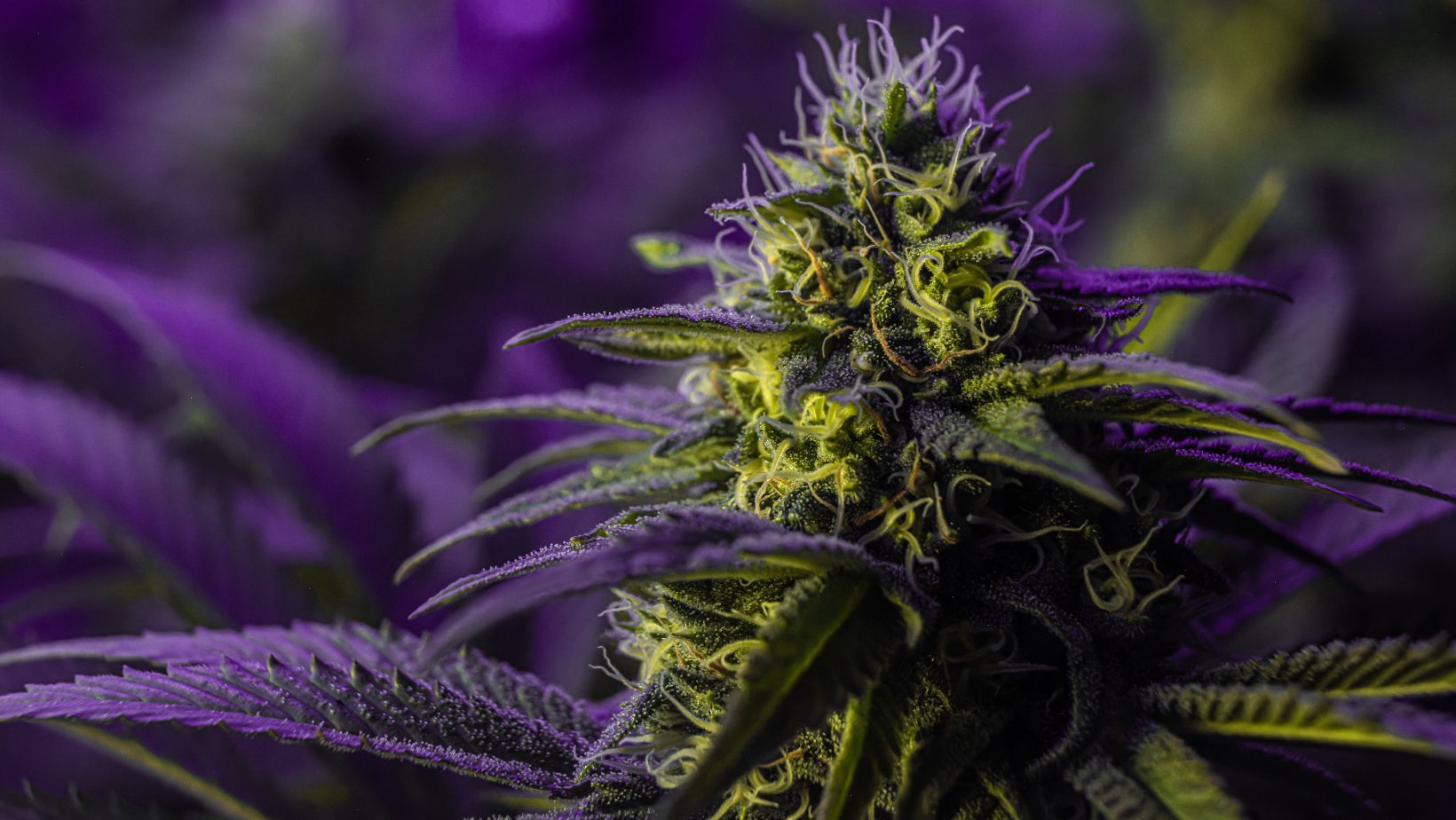
Growing high-THC autoflowers can be an exciting endeavor for both novice and experienced cannabis cultivators. Autoflowering strains are known for their quick growth cycle, ease of cultivation, and resilience.
However, achieving high THC levels in autoflowering plants requires careful attention to detail and avoiding common mistakes. This guide outlines the most frequent errors growers make when cultivating high-THC autoflowers and provides tips on avoiding them.
Understanding Autoflowering Cannabis Plants
Autoflowering cannabis strains differ from photoperiod strains in that they do not rely on a change in light cycles to begin flowering. Instead, they automatically switch from the vegetative stage to the flowering stage after a certain period, typically around 2 to 4 weeks from germination. This feature makes them ideal for growers seeking fast harvests and minimal maintenance. However, maximizing THC content in autoflowers requires avoiding common pitfalls.
Here are some common mistakes growers should avoid to ensure they achieve the highest THC levels possible from their auto-flowering plants:
Overwatering or Underwatering
Water management is crucial for the health and potency of auto-flowering cannabis plants. Both overwatering and underwatering can stress the plants, leading to reduced growth, lower yields, and decreased THC levels.
- Overwatering: Autoflowers have relatively small root systems compared to photoperiod strains. Overwatering can lead to root rot, mold, and fungal issues. It can also suffocate the roots, preventing them from accessing oxygen and essential nutrients.
- Underwatering: On the other hand, underwatering can cause the plant to become dehydrated and stunt its growth, affecting bud development and THC production.
Tip: Use a well-draining soil mix and water only when the top inch of soil feels dry. Ensure your pots have proper drainage holes to prevent water from pooling at the bottom.
Incorrect Lighting
Autoflowering cannabis plants do not require the same light schedule as photoperiod plants, but light intensity and duration are still critical for maximizing THC levels.
- Insufficient Light: Providing too little light can result in weak, leggy plants and lower yields. High-THC auto flowers require ample light to develop dense, resinous buds.
- Excessive Light: On the flip side, too much light or too close light placement can lead to light burn, causing leaves to curl, bleach, or develop brown spots.
Tip: Use a consistent light schedule of 18-24 hours of light per day during the entire growth cycle. Ensure that your light source is positioned at the optimal distance from the plants—generally 12-18 inches for LED lights. Monitor your plants for signs of light stress and adjust accordingly.
Using the Wrong Nutrients or Overfeeding
Autoflowers are typically smaller and have different nutritional needs compared to photoperiod cannabis strains. Using the wrong nutrients or overfeeding can lead to nutrient burn or lockout, affecting plant health and THC production.
- Overfeeding: Autoflowers are more sensitive to nutrients, and overfeeding can lead to nutrient burn, characterized by yellowing or browning leaf tips and edges.
- Wrong Nutrients: Using high-nitrogen fertilizers during the flowering stage can inhibit bud development and THC production.
Tip: Use a nutrient formula specifically designed for autoflowers or cannabis plants. Start with a light feeding schedule and gradually increase as needed. Reduce nitrogen levels and increase phosphorus and potassium during the flowering stage to support bud development and potency.
Ignoring pH Levels
Maintaining the correct pH level of the soil or growing medium is essential for nutrient uptake and plant health. If the pH is too high or too low, the roots cannot absorb nutrients properly, leading to nutrient deficiencies and stunted growth. This is especially important when growing highest THC autoflower strains, as optimal pH levels help maximize both growth and potency.
- Incorrect pH Levels: A pH level that is too acidic or too alkaline can cause a nutrient lockout, preventing the plant from accessing essential nutrients even if they are present in the soil.
Tip: For soil growth, maintain a pH level between 6.0 and 7.0. For hydroponic or soilless grows, aim for a pH range of 5.5 to 6.5. Use a pH meter or pH test kit to regularly check the pH level and adjust using pH up or down solutions as needed.
Poor Air Circulation and Ventilation
Proper air circulation and ventilation are crucial for maintaining the health of your cannabis plants and preventing mold, mildew, and pests. Stagnant air can lead to humidity buildup, which can create an environment conducive to mold and bud rot, especially in dense, high-THC buds.
- Lack of Ventilation: Without adequate airflow, plants can develop mold and powdery mildew, which can damage buds and reduce THC levels.
- Poor Air Circulation: Plants need a gentle breeze to strengthen stems and prevent hot spots under grow lights.
Tip: Use oscillating fans to provide consistent airflow around your plants, and ensure your grow space has proper ventilation to exchange stale air with fresh air. Aim for a relative humidity level of 40-50% during flowering to reduce the risk of mold.
Harvesting Too Early or Too Late
Timing the harvest is crucial for maximizing THC levels in autoflowering cannabis plants. Harvesting too early or too late can significantly affect the potency and quality of your buds.
- Harvesting Too Early: When harvested too early, buds have not had enough time to fully develop THC, resulting in lower potency and a more “heady” high.
- Harvesting Too Late: Harvesting too late can lead to THC degradation into CBN (cannabinol), resulting in a more sedative effect and potentially less psychoactive potency.
Tip: Monitor trichomes with a magnifying glass or jeweler’s loupe. Harvest when most trichomes are cloudy, with some turning amber for the highest THC levels and desired effects.
Stressing the Plants
Autoflowers are particularly sensitive to stress due to their short life cycle. Stress can cause them to stunt, hermaphrodite, or produce lower-quality buds.
- Common Stress Factors: Transplant shock, extreme temperatures, over-pruning, and pest infestations can stress auto flowers and affect their growth and potency.
Tip: Avoid transplanting by starting seeds directly in their final pot. Maintain stable temperatures between 65-80°F (18-27°C) and avoid unnecessary pruning or defoliation. Monitor for pests and treat them promptly using organic methods.
Not Keeping a Close Eye on Temperature and Humidity
Temperature and humidity control is essential for healthy growth and maximizing THC levels. Autoflowers require specific ranges to thrive, especially during the flowering stage.
- High Temperatures: Excessive heat can cause buds to become airy and reduce resin production, lowering THC content.
- Low Humidity: Too low humidity can lead to slow growth and brittle plants that are more prone to damage.
Tip: During the vegetative stage, maintain temperatures between 70-85°F (21-29°C) and humidity around 60%. In the flowering stage, lower temperatures to 65-80°F (18-27°C) and humidity to 40-50% to optimize bud development and resin production.
Failing to Plan for Proper Drying and Curing
Proper drying and curing are often overlooked but are critical steps for preserving THC levels and enhancing the flavor and smoothness of your buds.
- Improper Drying: Drying buds too quickly can cause them to lose potency and flavor. Drying too slowly can lead to mold growth.
- Skipping the Curing Process: Skipping or rushing the curing process can lead to harsh, less potent buds.
Tip: Dry your buds slowly in a dark room with temperatures around 60-70°F (15-21°C) and humidity levels of 50-60%. Cure your buds in glass jars, opening them daily for the first few weeks to release moisture. The curing process should take at least two to four weeks for best results.
Conclusion
Growing high-THC auto flowers successfully requires attention to detail and careful management of water, light, nutrients, pH, airflow, and environmental conditions. Avoiding these common mistakes can help you achieve the potent, high-quality buds you’re aiming for. By providing the right care and environment, you can maximize the potential of your autoflowering cannabis plants and enjoy a bountiful harvest of potent, resinous buds.












